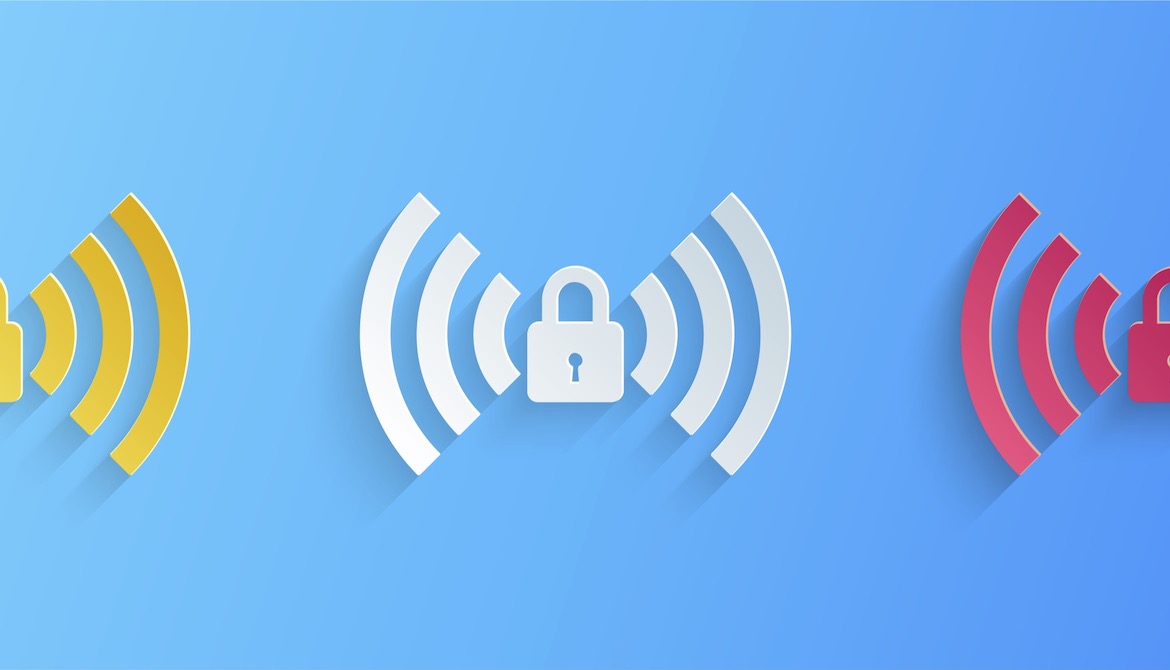2 minutes
Things to tell members to do to protect themselves and your credit union.
To help your staff help your members learn how to more safely use public WiFi, first explain how public WiFi is different from other internet connections and then provide steps they can take to protect themselves, suggests our most recent edition of First Line of Defense, offered by CUES in partnership with TRC Interactive, Inc.
The Security of Public WiFi
Many locations—from retail stores to coffee houses to airports—offer free public Wi-Fi. Because WiFi allows people to connect their laptops, PCs or mobile devices to the internet without a physical wire, it is highly convenient; however, public WiFi networks may not be secure since they either do not require a password or provide the same generic password to all customers for access. Using these networks to do certain things online may expose personal and banking information to scammers looking to steal names, Social Security numbers and account numbers.
Credit union staff should encourage members to avoid public Wi-Fi to make purchases online, log in to financial accounts, or access other sites that have sensitive information about them. It’s also a good idea to stick with websites that have “https” encryption. (The “s” means secure.)
Four More Tips for Members' Secure WiFi Use
Here are additional steps your staff can recommend members take to protect themselves:
- Always use difficult-to-guess, unique passwords on every account.
- If you’re using shopping apps, focus only on official retailer apps found on the retailer’s website or a reputable app marketplace, which offer stronger security.
- Never provide your credit card information or banking information unless you are on a secure site, showing “https” at the beginning of the URL and the lock symbol.
- Monitor credit card bills and financial institution statements for unauthorized purchases or withdrawals. Immediately contact the credit union if you see anything suspicious.
Help keep members safe by being their first line of defense against fraud!
Lisa Hochgraf is CUES’ senior editor.






